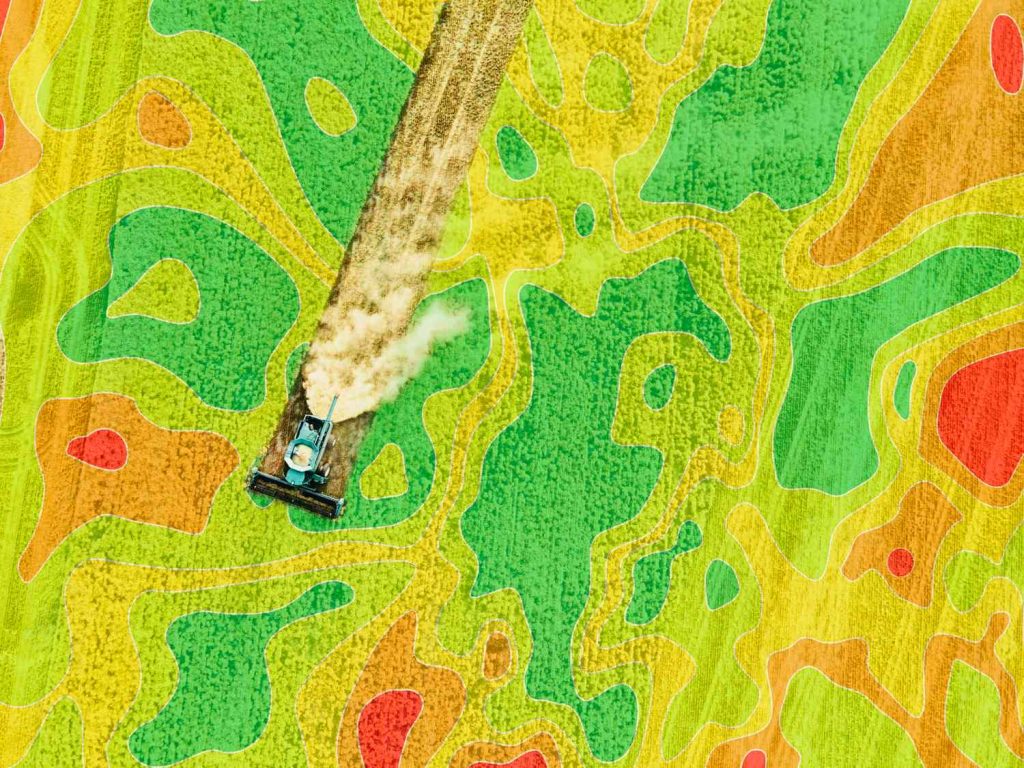For decades, the agriculture decision-making process revolved around a straightforward formula: Select your inputs (seed, fertilizer, crop protection) and apply them with a check-the-box mentality. But a new wave of thinking is reshaping how growers approach profitability, efficiency, and sustainability. Farmers, agronomists, and advisers are beginning to challenge the input-heavy mindset in favor of one rooted in outcomes: yield per dollar, long-term resilience, and return on investment (ROI).
This transition, however, requires more than a new product or spreadsheet; it’s a mental shift in how to define success.
From Inputs to Impacts
“We tend to treat crop nutrition like feeding our best athletes with gas station food,” said Keith Byerly, commercial sustainability lead for Mosaic Company. “Yes, you’ll meet caloric needs, but you’re not feeding for performance.” Instead of chasing the lowest cost per ton of fertilizer, he said, outcome-focused farmers are asking deeper questions: How does this investment improve nutrient uptake, yield response, and soil health across the season?
Byerly described this product- or outcome-based mindset as one that values nutrient availability, efficiency, and synergy among elements. “Nitrogen and potassium, phosphorus and zinc, how they interact matters,” he said. “When we understand that synergy, and how antagonisms can reduce performance, we can make smarter fertility plans that go beyond just meeting basic needs.”
He noted that tools such as on-farm trials, replicated research, and economic modeling are keys to validating whether these more advanced fertilizers justify their cost. “It’s not just about spending more; it’s about spending smart,” he said.
Economics Drive the Shift
Michael Langemeier, professor of agricultural economics at Purdue University’s Center for Commercial Agriculture, said he sees the shift gaining traction, particularly among farms focused on long-term viability. In a recent survey of 400 U.S. farmers, he said he found over 60% were focused on long-run goals such as soil conservation, legacy planning, and system-level efficiency.
“This is more than optimizing for short-term profit,” Langemeier noted. “It’s about thinking in terms of cost per bushel, whole-farm return on investment, and sustainable decision-making. That kind of thinking often takes better records, deeper trade-off analysis, and more strategic planning.”
Langemeier emphasized that return per acre is important, but without considering differences in yield potential or cost structure, it’s easy to draw the wrong conclusions. “You can’t compare cost per acre when one farm yields 195 bushels and another yields 215,” he said. “You need cost per unit to truly compare apples to apples.”
He added that when it comes to improving farm efficiency, machinery and fertilizer are two of the biggest opportunities and pitfalls. “A lot of farms can improve profitability just by recalibrating machinery investment,” he said. “That could mean holding equipment longer, buying used, or avoiding bells and whistles that don’t pencil out.”
Research Builds Confidence
Farmers don’t make changes lightly. With only 30–50 growing seasons in a career, every decision carries weight, said Steve Gauck, regional agronomy manager with Beck’s Hybrids. He said independent, replicated research, such as his company’s Practical Farm Research (PFR) program, is helping to break down barriers to mindset shifts.
According to Gauck, system-level shifts, such as changing nitrogen timing or foliar application strategies, can be as impactful as switching products. “We’ve seen success with earlier planting, using aftermarket closing wheels, and spoon-feeding nutrients based on growth stages,” he said. “You don’t have to adopt everything at once, but if you can avoid letting your corn or beans have a bad day, you’re on the right path.”
Source: Beck’s Practical Farm Research (PFR) 2024 Book
Gauck said Beck’s PFR research has shown that measurable gains can result from small adjustments in nutrient management, such as switching from a flat foliar application to one timed with specific crop growth stages. Split applications of nitrogen (N) are one such PFR proven practice. In a three-year, multilocation study, Beck’s research found the highest yield and ROI came from a strategy of 2x2x2 plus urea ammonium nitrate (UAN) at the V3 growth stage, which averaged 226.4 bushels per acre and delivered a $56.77 per acre ROI. “It’s not about throwing more at the crop,” Gauck explained. “It’s about putting the right things in the right place, at the right time.”
Managing the Mindset
All three experts agree: Shifting from input-based to outcome-based thinking isn’t just about agronomy — it’s about attitude.
“It starts with an open mind,” Mosaic’s Byerly said. “We tend to romanticize past seasons and fall back on familiar choices. But if you’re seeing the same problems year after year, maybe it’s time to try something different.”
Purdue’s Langemeier added that producers need to get comfortable evaluating multiple goals at once such as profit, legacy, conservation, and the trade-offs involved. “It’s never as simple as ‘this costs more’ or ‘this yields higher,’” he said. “Each farm has different constraints, labor, goals. What works for one may not work for another.”
Having good records is essential. Langemeier said he encourages growers to start with clean, whole-farm financials before attempting enterprise budgets. “You can’t calculate a breakeven if your basic numbers are off,” he said. “Garbage in, garbage out.”
What’s Next?
As margins tighten and market volatility increases, the pressure to justify every input dollar only grows. But that pressure could also fuel innovation if farmers have the tools and support to think beyond products and toward outcomes.
“Whether it’s adopting better nutrient timing, trying a new hybrid, or just asking ‘why’ before making a pass across the field, it all comes down to making purposeful decisions,” Gauck said. “You don’t have to be a data scientist. Just start small, ask questions, and work with people you trust.” •
Follow the Yield Quest series for more information on how to boost your yield season after season.

